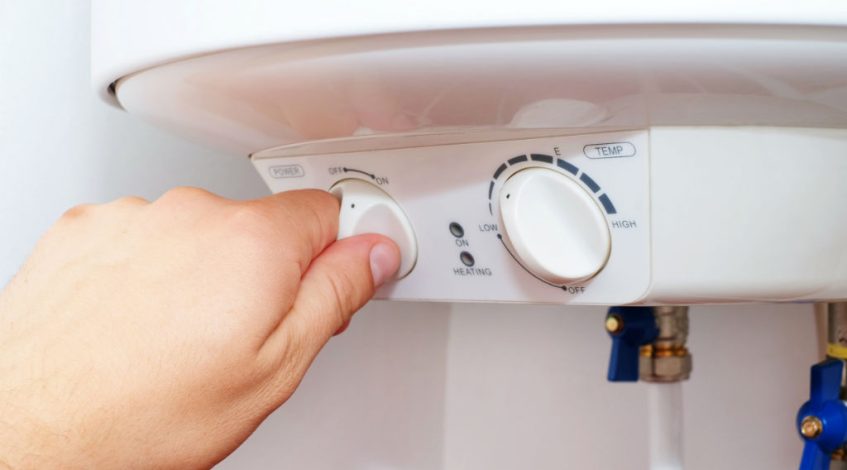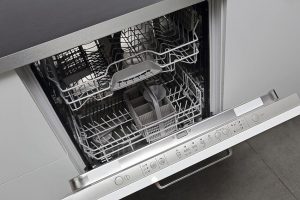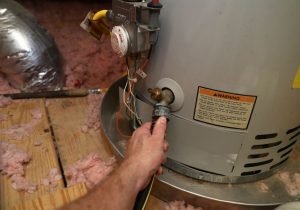For many Australians, an off peak hot water setup certainly seems like a smart way to save on power bills. But if you’re finding that your hot water doesn’t keep up with your daily needs, or you’re fed up with rigid heating times, you may be wondering if it’s possible to opt out of an off-peak arrangement altogether.
The good news? In many cases, you really can change the way your water heater operates. But how easy that is – and whether it’s cost-effective – depends on where you live, who your energy provider is, and what kind of system you have.
We’ve put together everything you need to know.
Why off-peak isn’t always ideal
Off-peak tariffs work by allowing electricity providers to heat your water during lower-demand hours – typically overnight. This means your tank fills with hot water while you sleep, and you draw from that reserve during the day.
It sounds good in theory, but many households – like yours! – find themselves running out of hot water before the next cycle. It’s especially frustrating when your schedule doesn’t match the utility company’s. If you’ve ever searched for how to change hot water heating times, chances are you’re not getting the most from your setup.
Other common complaints include:
- No access to hot water during daytime
- Waiting for hours for the tank to refill
- Struggles during peak usage periods, like school mornings & dinner time
- Inability to use stored solar energy for heating.
But first – How does off-peak hot water work?
To make the best choice, it helps to understand how does off peak hot water work. In most cases, it involves a dedicated circuit that only allows the system to draw power during pre-set times – usually late at night. The system then stores heated water in a tank for use throughout the day.
This approach works well for households with consistent, low-to-moderate usage. However, as families grow or routines shift – like working from home – these limitations become more obvious.
Can you override off-peak settings?
Yes, you usually can – but it depends on the system.
If you’ve ever wondered how to override off peak hot water, the process varies depending on whether your system has a boost function or if it’s hardwired into a controlled load circuit.
Some newer models come with override or “boost” buttons, allowing you to heat water on demand during peak hours. Others may require manual intervention or professional rewiring.
What time does off-peak hot water start?
Off-peak hot water schedules vary across Australia, depending on your electricity distributor and tariff type. Generally, off-peak periods fall between 10 PM and 7 AM, but some energy providers offer additional off-peak times, such as mid-afternoon or early morning, through flexible or time-of-use tariffs.
Here’s how it breaks down in major cities:
Melbourne (Jemena, CitiPower, Powercor)
- Controlled Load Tariffs: Commonly referred to as Tariff J6 or Off-Peak Heating Only, these tariffs typically provide electricity between 11 PM and 7 AM.
- Time-of-Use Tariffs: For customers on time-of-use plans, off-peak rates usually apply outside of 3 PM to 9 PM, which are considered peak hours.
For detailed information, refer to Jemena’s 2024-25 Network Tariff Schedule.
Sydney (Ausgrid, Endeavour Energy)
Controlled Load 1: Typically supplies electricity during off-peak hours, often between 10 PM and 7 AM, though exact times can vary.
Controlled Load 2: Offers two separate supply periods, usually one overnight and another during the day, providing more flexibility.
For more details, visit Ausgrid’s Controlled Load Pricing page.
Brisbane (Energex)
Tariff 31: Known as the ‘Super Economy’ tariff, it provides electricity for a minimum of 8 hours per day, typically between 10 PM and 7 AM, but exact times can vary daily.
Tariff 33: Offers electricity for a minimum of 18 hours per day, excluding peak demand periods, which are usually 5 PM to 9 PM and sometimes 6 AM to 9 AM.
solarquotes.com.au
Detailed information is available on Energex’s Economy Tariffs page.
The Catch? You often don’t have control over the exact timing of off-peak electricity supply. If your hot water runs out at 6 PM, you might have to wait until 10 PM or later for it to reheat, which can be inconvenient. If this happens frequently, consider:
- Upgrading your hot water system: Modern systems may retain heat longer or reheat more quickly.
- Switching tariffs: Explore options that offer more flexible or extended off-peak periods.
- Instant gas – continuous flow systems: These provide hot water on demand, eliminating the wait time.
For personalized advice, consult your energy retailer or a licensed plumber to determine the best solution for your household.
How to opt out: A step-by-step guide
If you’re ready to move away from scheduled heating times and toward more flexible control, here’s a general guide to doing it:
1. Check your system type
Determine the type of your hot water unit – whether you have an electric off-peak hot water system, a solar system, or a gas system. Only electric systems on controlled load tariffs are affected.
2. Inspect the switchboard
Locate your off peak hot water switch or dedicated circuit. It’s usually labelled “controlled load” or “off-peak”.
3. Contact your energy provider
Ask if your tariff can be changed to a general usage rate or time-of-use plan. You may need to sign a new agreement or wait until your billing cycle resets.
4. Get a licensed electrician involved
To disconnect from the controlled load, your local electrician may need to rewire the system so it runs off your main meter. This allows hot water to heat any time of day, subject to your energy plan.
5. Consider boost options
Some systems support manual or scheduled boosts that override off-peak restrictions. Look into whether your hot water off peak switch can be used this way before rewiring.
Things to keep in mind
Before you make the switch, here are some important points to weigh up:
- Costs: Heating water during peak hours may increase your power bill unless you use solar or a smarter tariff.
- System Age: Older off-peak water heater units might not support flexible heating without modification.
- Appliance Compatibility: Not all heaters respond well to override attempts, especially older or budget models.
- Usage Habits: If your home doesn’t consume much hot water during the day, staying on off-peak could still save you money.
Ready to take control of your hot water?
Looking to upgrade your off peak hot water system, explore manual override options, or switch to 24/7 heating? Best Plumbers Club is perfect for getting connected with friendly, vetted, and highly-recommended licensed plumbers near you. Each professional in our network is fully reviewed, certified, and ready to help you get more from your hot water system.
Request a quote today and we’ll put you in touch with the best local expert for the job.
Frequently asked questions
What is off peak hot water?
It refers to a setup where your electric storage tank heats during scheduled low-tariff hours, usually overnight, to reduce electricity costs.
When does off peak water heat up?
Typically between 10pm and 7am, depending on your energy provider’s schedule and the specific tariff you’re on.
How to turn off off-peak hot water?
You’ll need a licensed electrician to disconnect or reconfigure your system safely. Never attempt to rewire the switchboard yourself!
What are the alternatives?
If ditching off-peak altogether isn’t practical, consider upgrading to a system with smart scheduling, solar integration, or a manual boost. These upgrades give you more control without a full tariff change.
Modern off peak water systems can often be reconfigured rather than replaced. Speak to a hot water plumber or licensed electrician about your options.







